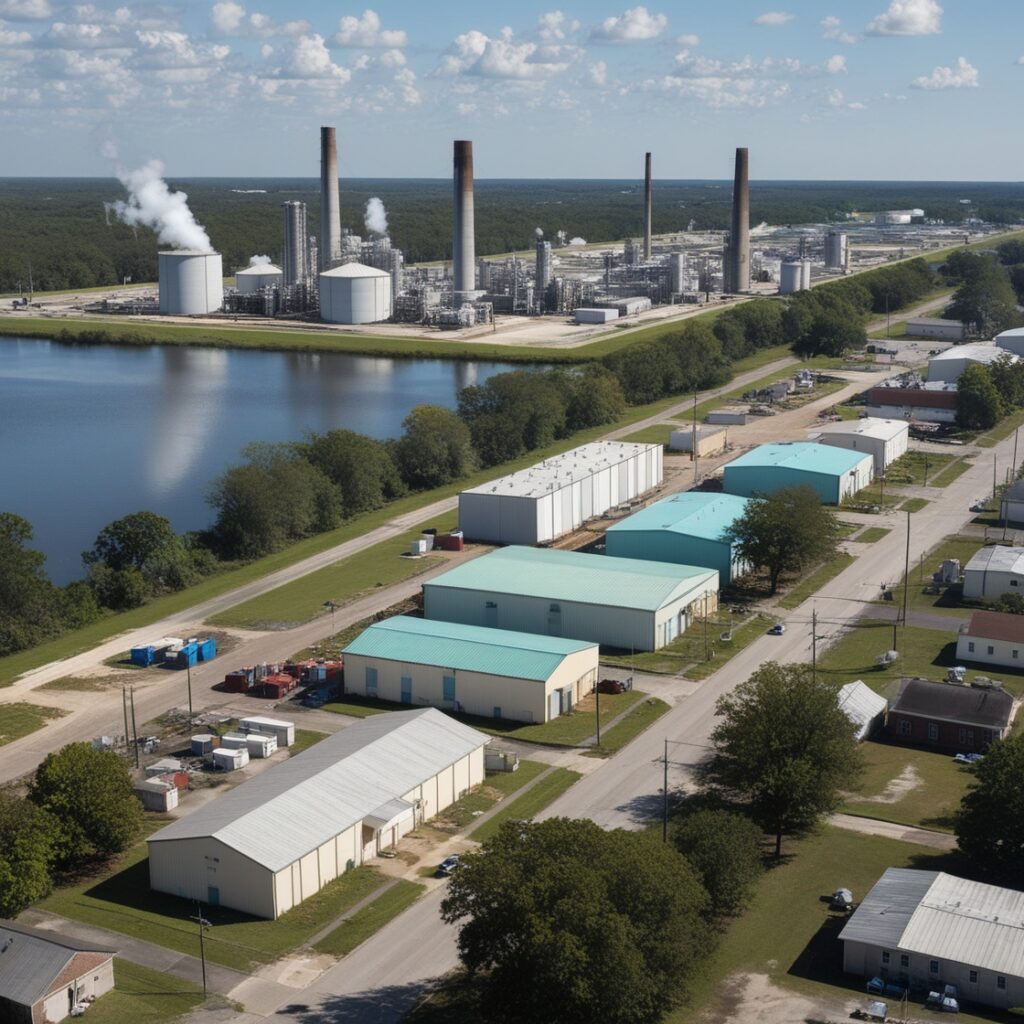Environmental Racism in Louisiana’s “Cancer Alley” Continues to Harm Communities
October 2, 2024, Louisiana, USA
In the heart of Louisiana, a region known as "Cancer Alley" stretches from Baton Rouge to New Orleans. This area, with one of the highest concentrations of petrochemical plants in the United States, has long been synonymous with pollution and disproportionately high cancer rates. The communities here, primarily made up of people of color, have been sounding the alarm for years about the devastating health impacts linked to the industrial emissions saturating their environment. Yet, despite the severity of the issue, national attention remains limited.
According to data from the U.S. Environmental Protection Agency (EPA), Cancer Alley has been recognized as a "sacrifice zone"—a term used to describe communities subjected to severe environmental pollution from nearby industrial activities. The petrochemical industry in Louisiana is massive, and the plants produce essential chemicals used in everything from plastics to synthetic fibers. However, the cost of this industry is borne heavily by the surrounding communities, which experience higher-than-average cancer rates and other health problems, including respiratory illnesses and birth defects.

Health Impacts and Environmental Justice
The predominantly Black and low-income residents of Cancer Alley have been advocating for change for decades. Studies have shown that the risk of developing cancer in this area is significantly higher than in other parts of the country. According to a report by the Tulane Environmental Law Clinic, some neighborhoods have cancer rates up to 50 times the national average. This disparity has raised concerns about environmental racism, where communities of color are disproportionately exposed to hazardous waste and pollutants.
While federal environmental regulations exist, many residents believe that state and local governments are not enforcing them adequately. Local activist groups, such as the Louisiana Environmental Action Network (LEAN), have called on the EPA and the state government to implement stricter controls on emissions and improve air quality monitoring in the region. However, despite these efforts, progress has been slow.
Lack of National Coverage
Despite the severity of the situation, Cancer Alley’s story has not gained the national media coverage one might expect for such a pressing public health issue. Environmental justice activists argue that this lack of attention is another facet of the systemic racism faced by these communities. Mainstream news outlets, while occasionally covering individual lawsuits or protests, have failed to maintain sustained coverage that highlights the ongoing nature of the problem.
This lack of attention is even more troubling in light of increasing discussions about climate change and environmental responsibility. The pollution in Cancer Alley is not just a local issue; it has global ramifications. The greenhouse gases emitted by these petrochemical plants contribute to climate change, while the toxic waste affects ecosystems far beyond Louisiana’s borders. Yet, as the world focuses on renewable energy and reducing carbon footprints, the people of Cancer Alley continue to suffer, often ignored in the broader environmental conversation.
Government Response and Industry Influence
The Louisiana government and industrial lobbyists have maintained that the petrochemical plants are essential to the state’s economy, creating jobs and driving growth. In fact, Louisiana has some of the most industry-friendly policies in the country, offering tax breaks and incentives to attract more petrochemical companies to the area. Critics argue that this comes at the expense of public health and environmental protection.
Recently, the EPA under the Biden administration announced an initiative to investigate air pollution in Cancer Alley as part of a broader environmental justice initiative. However, activists are skeptical, noting that similar promises have been made in the past without meaningful follow-up. Residents of Cancer Alley continue to feel abandoned by both the state and federal government, with many demanding that the EPA take more aggressive action to curb emissions and hold companies accountable for the damage they have caused.
A Fight for the Future
As the fight for environmental justice continues, local groups like LEAN and the Rise St. James organization are pushing for greater transparency, tougher environmental regulations, and relocation assistance for those living in the most affected areas. They are also calling for more comprehensive health studies to fully understand the long-term effects of living in such a toxic environment.
While the struggle of Cancer Alley residents is not new, it remains underreported despite its importance. Without sustained media attention and political action, the people living in this polluted corridor are left to face a future filled with uncertainty—where their health, and that of future generations, remains at risk.
The crisis in Louisiana’s Cancer Alley should serve as a wake-up call for both policymakers and the public. Environmental racism is not a distant concept—it is a reality for millions of Americans, and it is past time that these communities receive the justice and protection they deserve.
For further updates on this issue and related environmental justice news, visit sources like the Louisiana Environmental Action Network or the Tulane Environmental Law Clinic.
